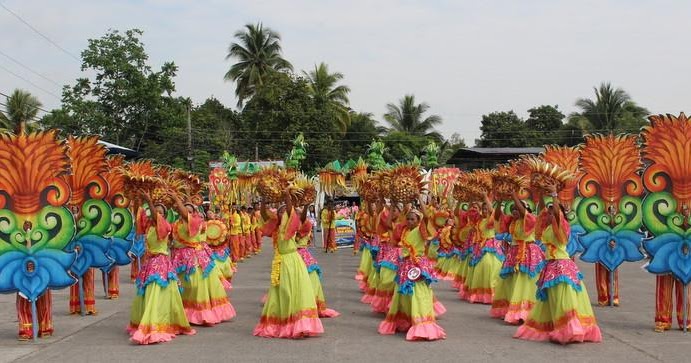Table of Contents
- Unraveling the Historical Roots of Buhayani Festival
- The Cultural Tapestry Unveiled: Buhayani Festival’s Significance
- Unveiling the Spectacle: Key Events and Activities in Buhayani Festival
- Grand Parades: A Visual Symphony
- Cultural Performances: Rhythms of the Past and Present
- Historical Reenactments: Reliving the Past
- Street Fairs and Markets: Showcasing Filipino Crafts
- Culinary Delights: A Feast for the Senses
- Art Exhibits and Installations: Aesthetic Explorations
- Religious Ceremonies: Spiritual Reflections
- Beauty Pageants and Competitions: Celebrating Filipino Talent
- Fireworks Displays: A Grand Finale
- Community Spirit in Full Bloom at Buhayani Festival
- Buhayani Festival’s Symbolic Tapestry
- Buhayani Festival’s Economic Symphony in Calamba
- Preservation of Cultural Heritage through Buhayani Festival
- Buhayani Festival in Modern Times
- Buhayani Festival’s Tourist Experience and Travel Tips
The Buhayani Festival, a cultural extravaganza held annually in Calamba, Laguna, stands as a testament to the rich tapestry of Filipino heritage. This celebration, rooted in history and tradition, not only honors the nation’s heroes but also weaves a narrative that resonates with the spirit of the Filipino people.
Unraveling the Historical Roots of Buhayani Festival
The Buhayani Festival, an annual celebration in Calamba, Laguna, transcends its vibrant colors and cultural displays by delving deep into the historical fabric of the Philippines. Its roots stretch back to the precolonial era when indigenous communities celebrated local heroes through rituals, setting the stage for a tradition that would evolve over centuries.
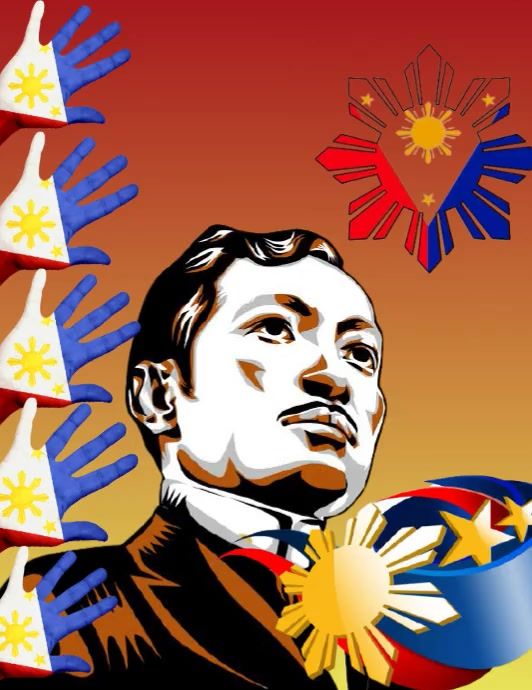
Spanish colonization played a transformative role, intertwining the narratives of local heroes with the broader tapestry of resistance against foreign rule. The emergence of national heroes during the 19th century, including José Rizal and Andres Bonifacio, became pivotal in shaping the festival’s core themes. Calamba, as the birthplace of Rizal, holds a unique significance, and the festival pays homage to his legacy and the ideals he championed.
As the Philippines journeyed through American colonization and ultimately gained independence, the Buhayani Festival adapted, becoming a symbol not only of historical remembrance but also of unity in diversity. In recent decades, it has embraced a cultural renaissance, serving as a catalyst for the revival and preservation of indigenous traditions.
Today, the Buhayani Festival stands as a living testament to the historical roots that have shaped the Filipino identity. It weaves together the threads of precolonial rituals, colonial resistance, the emergence of national heroes, and the post-independence quest for cultural preservation. Beyond the festivities, it is a pilgrimage through history, an homage to heroes who paved the way for freedom, and a celebration of a nation’s journey. The Buhayani Festival’s roots run deep, drawing nourishment from the rich soil of Calamba’s history, and its branches extend far, reaching out to embrace a future where the echoes of heroism resonate for generations to come.
The Cultural Tapestry Unveiled: Buhayani Festival’s Significance
At its core, the festival is a living museum, preserving and animating historical narratives. Heroes like José Rizal and Andres Bonifacio are not just remembered but celebrated through artistic expressions, grand parades, and symbolic representations, weaving their ideals into the very fabric of the festival.
This celebration extends beyond history—it embraces cultural fusion and unity, harmoniously blending diverse elements from traditional dances to indigenous customs. The Buhayani Festival becomes a melting pot, echoing the broader Filipino ethos of celebrating differences. Traditional arts and crafts find a spotlight, providing a platform for artisans to showcase their skills and ensuring the legacy of Filipino craftsmanship endures.
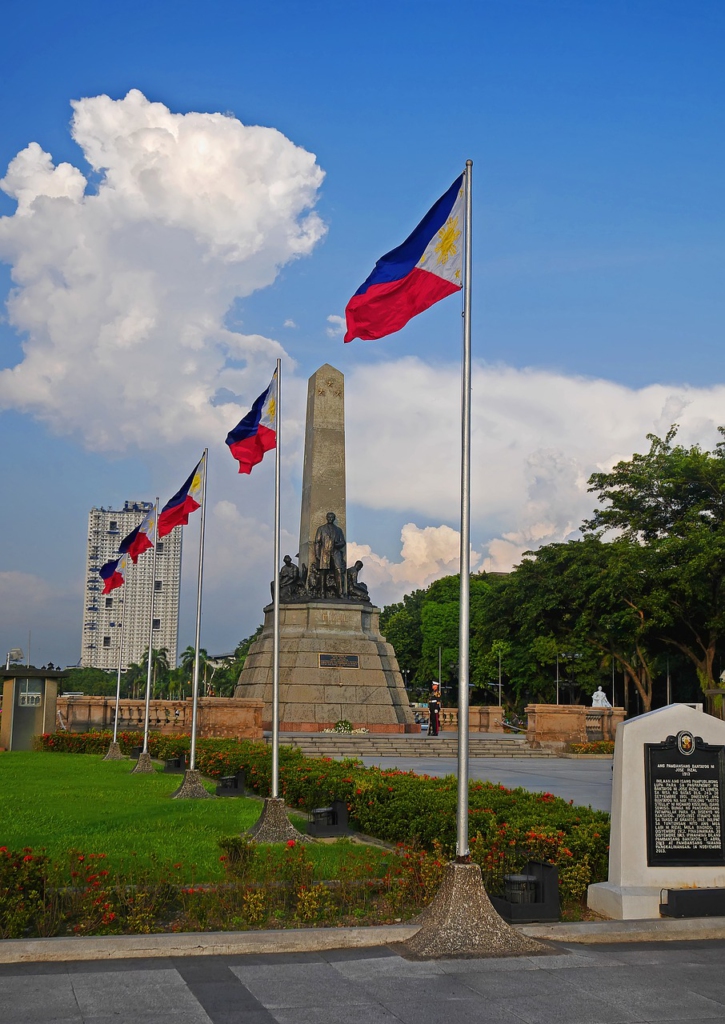
Education is a key pillar of the festival’s cultural significance, serving as a vibrant classroom where attendees, both locals and visitors, can immerse themselves in Philippine history, traditions, and values. Moreover, the festival fosters family and community bonds, creating a communal spirit that strengthens the sense of belonging and shared heritage.
In recent years, the Buhayani Festival has become a catalyst for a cultural renaissance, innovatively blending traditional customs with contemporary contexts. This dynamic space ensures that cultural heritage remains not only preserved but also vibrant and relevant in a rapidly evolving world.
In essence, the Buhayani Festival stands as a beacon illuminating the diverse facets of Filipino identity. Through a harmonious blend of history, art, community engagement, and educational initiatives, the festival pays homage to the heroes of the past while contributing to the ongoing narrative of Filipino culture. It beckons all to participate in the living legacy of the Philippines—a nation deeply rooted in its heritage and poised for a culturally vibrant future.
Unveiling the Spectacle: Key Events and Activities in Buhayani Festival
The Buhayani Festival, an annual cultural extravaganza in Calamba, Laguna, is more than a mere celebration; it’s a dynamic showcase of the Philippines’ rich heritage and a vibrant tapestry woven with a myriad of events and activities. Delving into the heart of the festival reveals a kaleidoscope of traditions, performances, and ceremonies that captivate attendees and immerse them in the essence of Filipino culture.
Grand Parades: A Visual Symphony
The Buhayani Festival kicks off with grand parades that wind through the streets of Calamba, offering a visual symphony of colors, music, and cultural displays. Elaborate floats adorned with intricate designs and vibrant motifs showcase the historical heroes, cultural symbols, and stories that form the backbone of the festival. Traditional dances and music accompany the procession, creating an immersive experience that transports attendees to different eras of Philippine history.
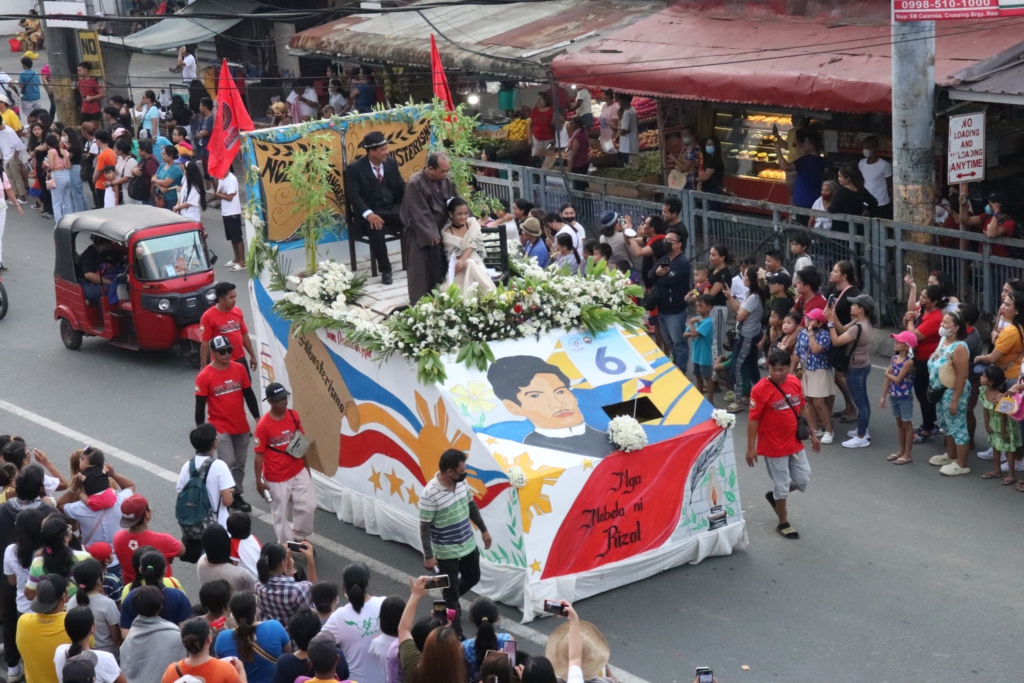
Cultural Performances: Rhythms of the Past and Present
At the heart of the Buhayani Festival are cultural performances that breathe life into the historical narratives of the Philippines. Traditional dances, each with its unique story and symbolism, are performed with precision and passion. The rhythmic beats of indigenous music resonate through the air, connecting attendees to the ancestral roots of Filipino culture. Modern interpretations of traditional performances add a contemporary flair, showcasing the festival’s ability to blend the old and the new.
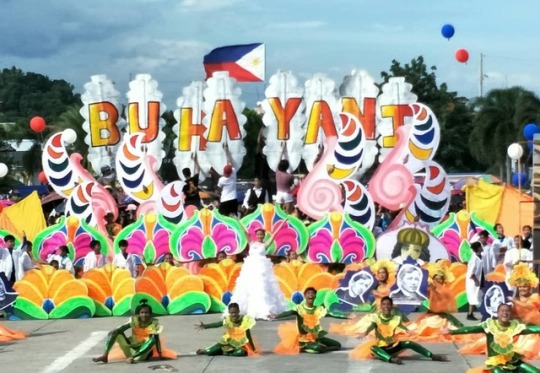
Historical Reenactments: Reliving the Past
A highlight of the festival is the inclusion of historical reenactments that transport attendees back in time. Skilled performers don period costumes, bringing to life key moments in Philippine history. From scenes depicting the heroism of national figures to pivotal events in the struggle for independence, these reenactments serve as a living history lesson, engaging attendees in an immersive journey through the country’s past.
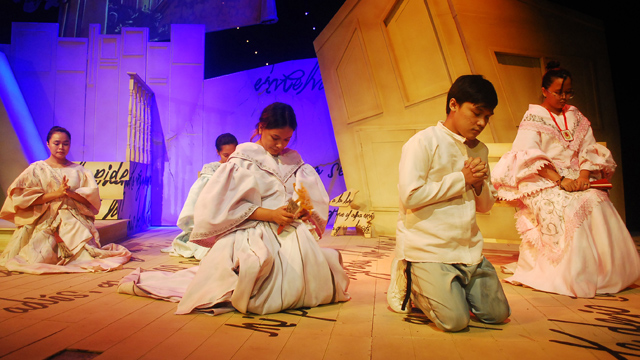
Street Fairs and Markets: Showcasing Filipino Crafts
Buhayani Festival transforms Calamba into a bustling hub of creativity with street fairs and markets. Local artisans and craftsmen set up stalls, showcasing traditional Filipino crafts, indigenous artworks, and handmade products. Attendees have the opportunity to engage with these artisans, learning about their crafts and contributing to the preservation of traditional skills. It’s a marketplace where the past and present converge, and where attendees can take home a piece of Filipino heritage.
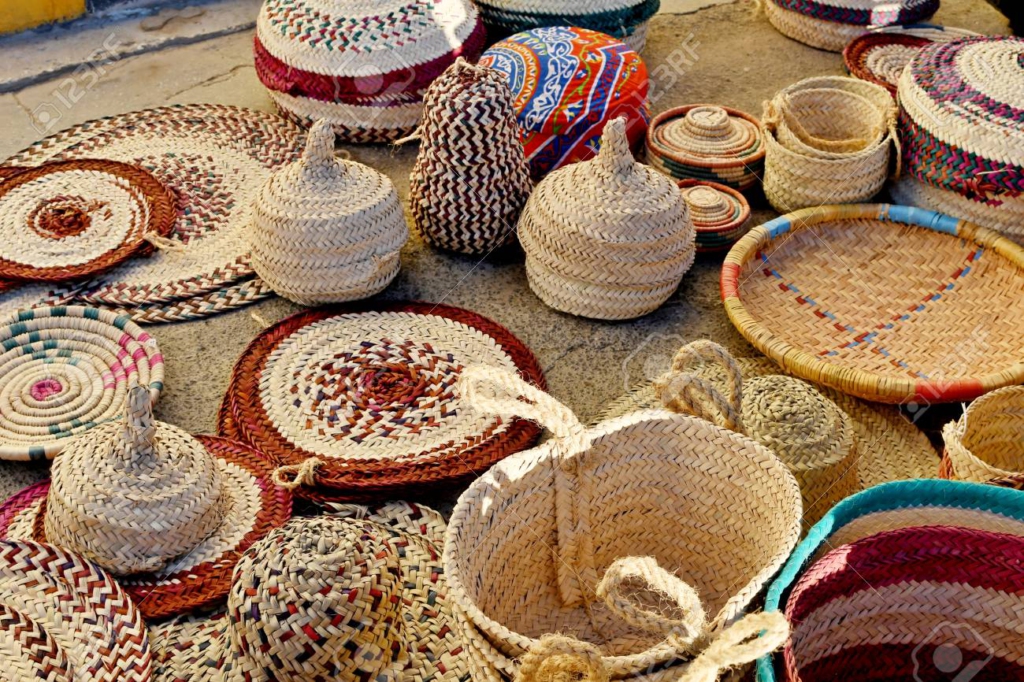
Culinary Delights: A Feast for the Senses
No cultural celebration is complete without a feast, and the Buhayani Festival is no exception. The festival features a gastronomic journey through Filipino cuisine, with food stalls offering a diverse array of local delicacies. From classic dishes passed down through generations to modern interpretations of traditional flavors, attendees can savor the richness of Filipino culinary heritage.
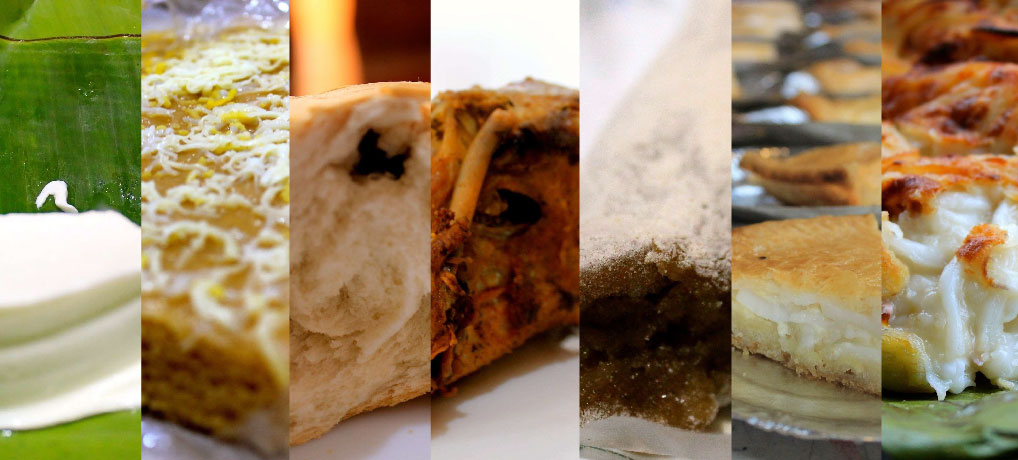
Art Exhibits and Installations: Aesthetic Explorations
Art takes center stage at the Buhayani Festival, with exhibits and installations that explore the intersection of tradition and modernity. Local artists contribute works that interpret the festival’s themes, offering attendees a visual exploration of Filipino identity and history. From paintings to sculptures, these artistic expressions add depth to the festival’s cultural narrative.
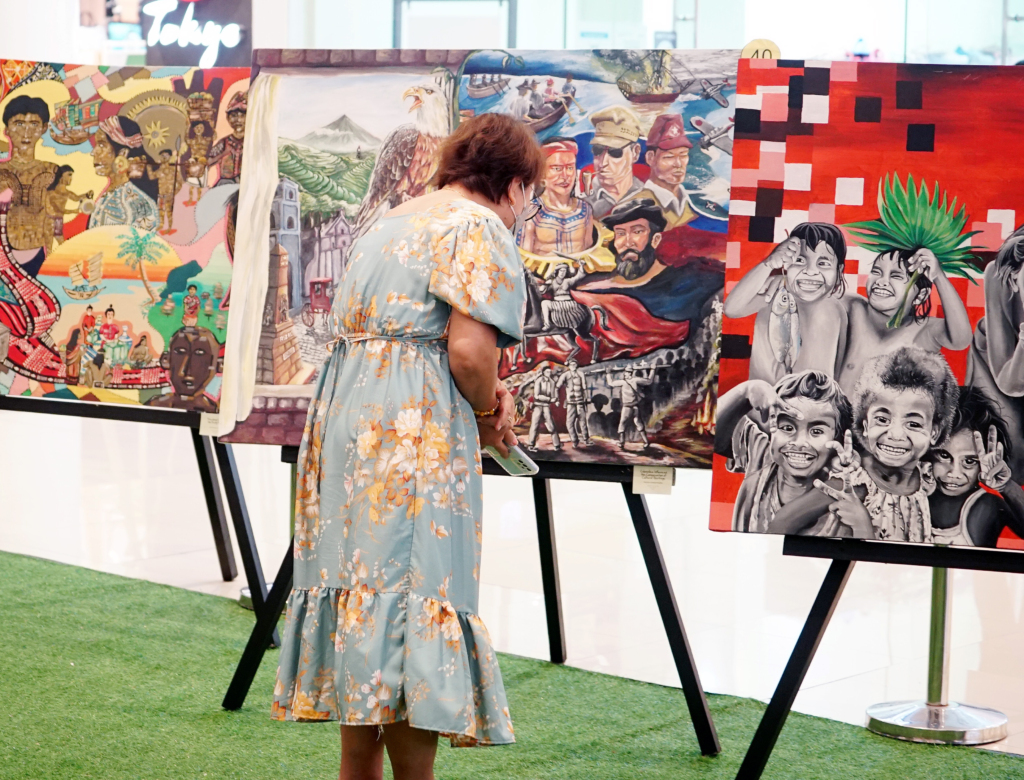
Religious Ceremonies: Spiritual Reflections
In homage to the Philippines’ deeply rooted Catholic traditions, the Buhayani Festival often includes religious ceremonies. Attendees can participate in processions, attend mass, and engage in spiritual reflections that intertwine with the cultural festivities. These ceremonies serve as a reminder of the profound influence of religion on Filipino culture and history.
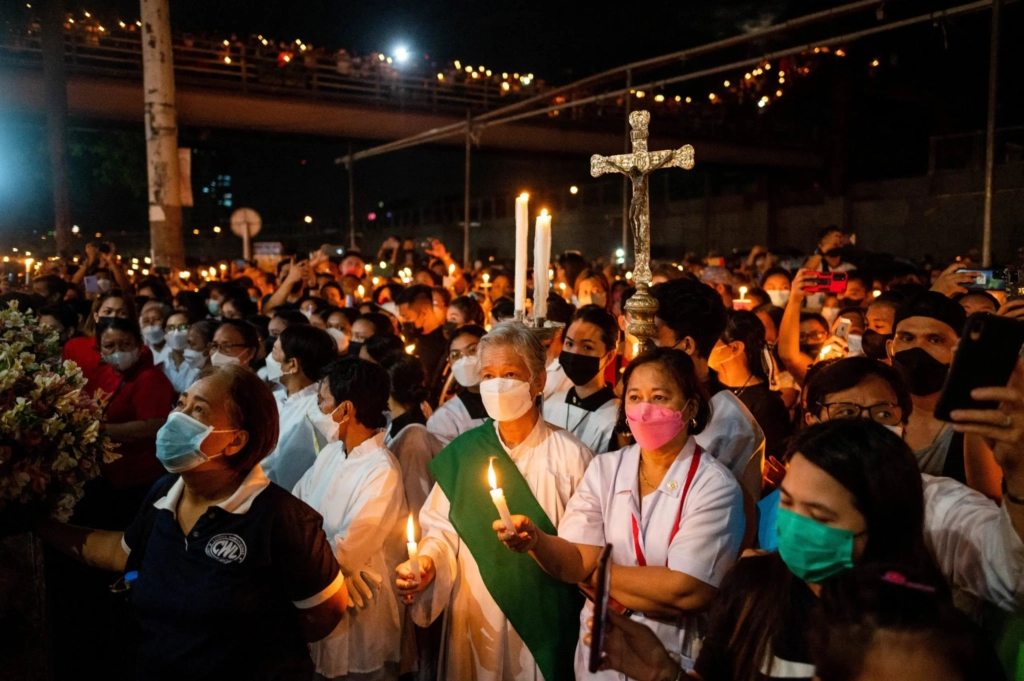
Beauty Pageants and Competitions: Celebrating Filipino Talent
Highlighting the talent and beauty of the local community, beauty pageants and competitions are integral to the Buhayani Festival. These events showcase traditional costumes, cultural awareness, and performances, providing a platform for local talents to shine. The pageants celebrate not only physical beauty but also intelligence, cultural pride, and community involvement.
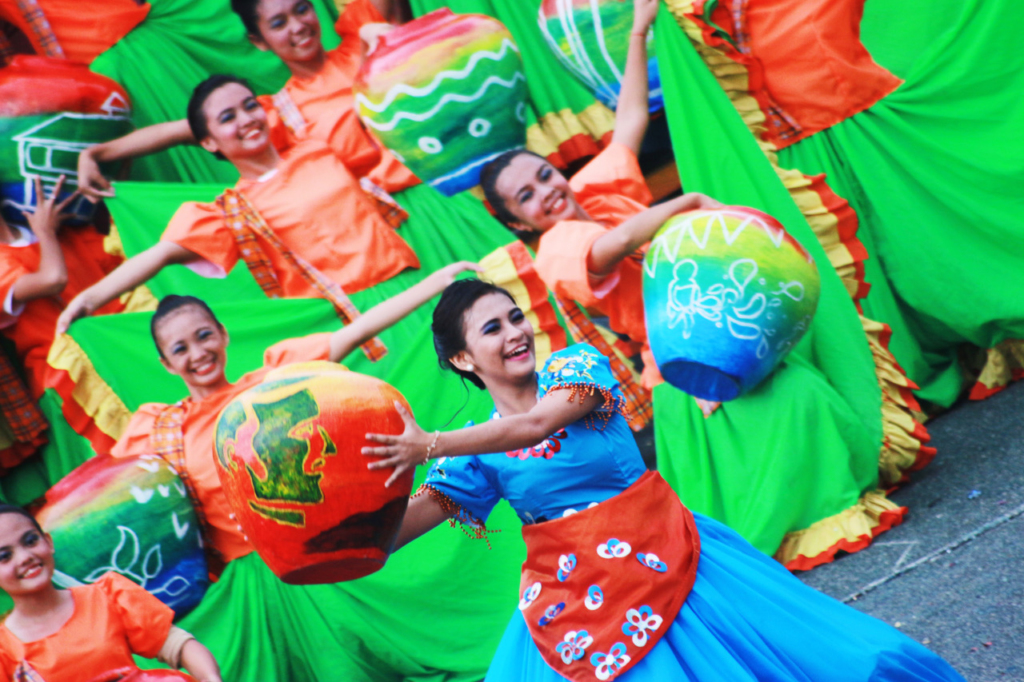
Fireworks Displays: A Grand Finale
As the Buhayani Festival reaches its crescendo, the night sky is illuminated with dazzling fireworks displays. The grand finale brings together all elements of the festival, providing a breathtaking spectacle that symbolizes the collective spirit of the community and the enduring legacy of Filipino heritage.
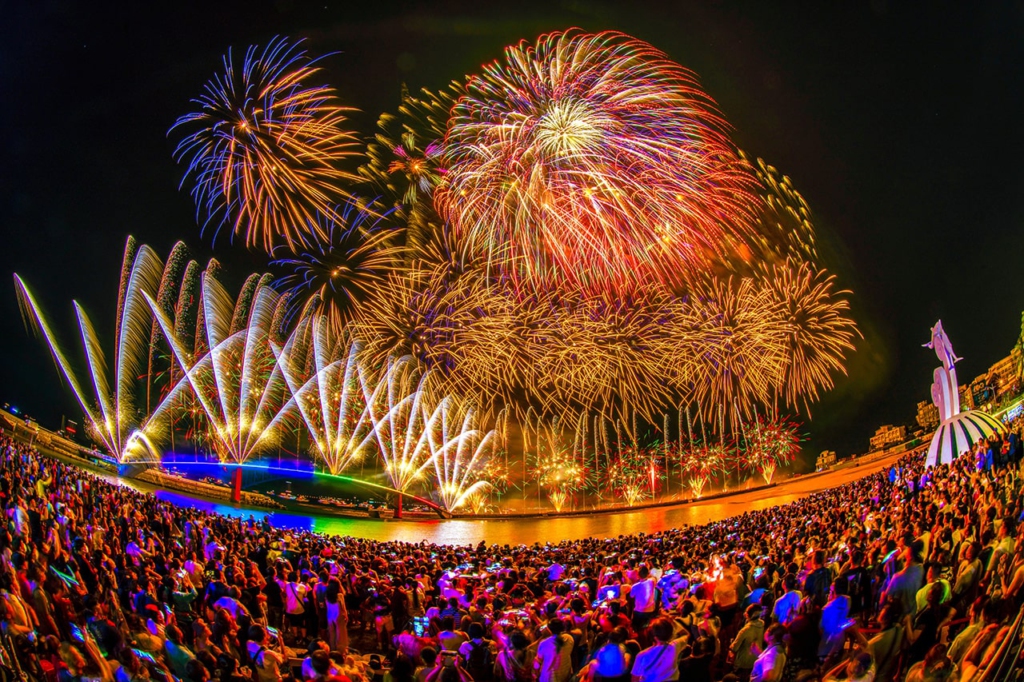
The Buhayani Festival is a multifaceted celebration that engages attendees in a sensory journey through Philippine history and culture. The grand parades, cultural performances, historical reenactments, street fairs, culinary delights, art exhibits, religious ceremonies, workshops, beauty pageants, and fireworks displays collectively contribute to an immersive experience that celebrates the past, present, and future of the Philippines. The festival is a testament to the resilience, creativity, and vibrant spirit of the Filipino people.
Community Spirit in Full Bloom at Buhayani Festival
An integral aspect of the Buhayani Festival is the active participation of the local community. It is more than a cultural spectacle; it’s a vibrant tapestry woven by the active participation of various community stakeholders. From schools and cultural organizations to local businesses, government institutions, and religious communities, the festival thrives on the collective efforts of its diverse participants.
Schools and educational institutions infuse youthful vibrancy into the festival, integrating academic learning with practical application. Cultural organizations become the guardians of tradition, showcasing the rich heritage of the Philippines through performances and artistic expressions. Local businesses not only contribute to the economic growth of Calamba but also transform the festival into a bustling marketplace.
Government institutions play a crucial role in the festival’s organization, ensuring logistical support and safety for attendees. Artisans and craftsmen showcase traditional skills, preserving Filipino craftsmanship and fostering cultural exchange. Religious communities add spiritual dimensions to the festival, enriching the cultural fabric with processions and ceremonies.
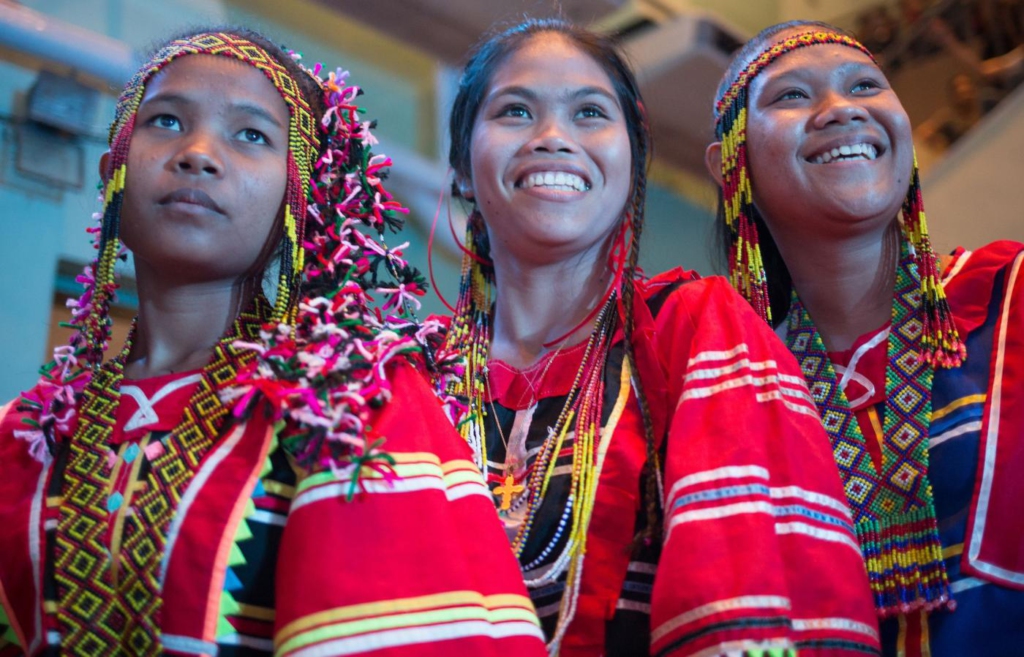
Indigenous groups contribute to the festival’s diversity, bringing their unique cultural practices to the forefront. Families and individual community members actively engage in the festivities, building collective memories and strengthening the sense of community. These participants, acting as cultural ambassadors, share Filipino heritage, ensuring the festival remains a beacon of cultural pride.
The Buhayani Festival is a testament to the power of community involvement and collaboration. It stands as a living celebration of Filipino identity and pride, inviting all to join in the festivities and experience the richness of Calamba’s cultural tapestry.
Buhayani Festival’s Symbolic Tapestry
The Buhayani Festival unfolds as a vibrant tapestry woven with symbols and icons that transcend mere celebration, encapsulating the essence of Filipino identity and heritage. At its core stands the Rizal Monument, a sentinel of heroism honoring Dr. José Protacio Rizal. The Kaladkad Relay symbolizes unity, pulling together diverse participants in a collaborative celebration.
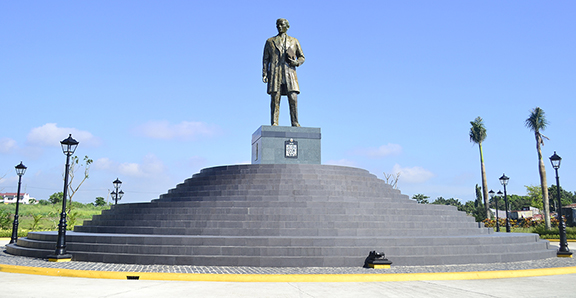
National flags and banners, adorned with vibrant colors, evoke patriotism and pride, fluttering as visual odes to the spirit of Buhayani. Traditional costumes become living symbols of cultural heritage, telling stories of diverse regions and indigenous groups. Historical artifacts bridge past and present, offering tangible connections to the nation’s history.
The Sarimanok, a mythical bird, represents prosperity, while cultural motifs and patterns draw inspiration from indigenous designs, creating a visually stunning atmosphere that reflects the cultural richness of the Philippines. Baybayin scripts, the ancient writing system, serve as a symbolic nod to ancestral wisdom and cultural revival.
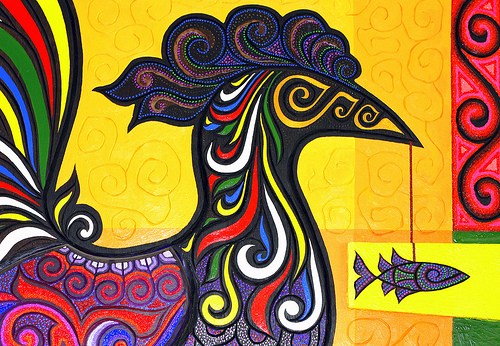
In essence, the Buhayani Festival’s symbolic tapestry paints a vivid picture, inviting attendees to immerse themselves in a celebration that goes beyond the surface—a dynamic canvas where symbols and icons interweave to tell the story of Filipino heritage.
Buhayani Festival’s Economic Symphony in Calamba
Beyond its cultural significance, the Buhayani Festival plays a vital role in boosting the local economy. Its impact resonates through various facets, from boosting tourism and empowering local businesses to fostering job creation and creating lasting infrastructure improvements.
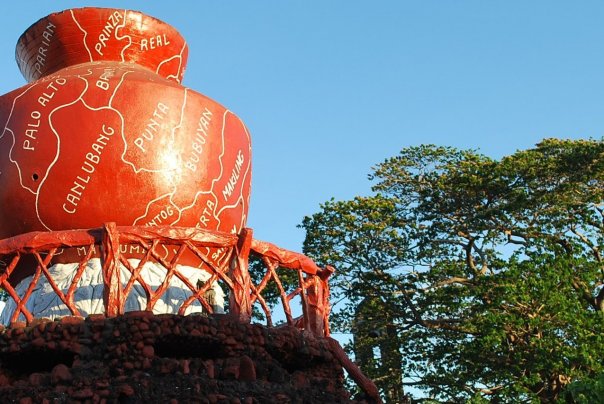
The festival acts as a tourism magnet, attracting visitors from far and wide and breathing life into the local hospitality and service sectors. Street fairs and markets during the festival become economic hubs, providing a stage for local artisans and entrepreneurs to showcase their products and skills. This, in turn, stimulates economic activity, creating job opportunities and fostering entrepreneurship within the community.
Collaborations between businesses and festival organizers create a network of support and mutual benefit, amplifying the economic impact. The promotion of cultural merchandise not only preserves heritage but also boosts sales for local craftsmen. The festival’s influence extends to infrastructure development, enhancing Calamba’s overall appeal for both residents and potential investors.
Additionally, the Buhayani Festival plays a crucial role in promoting local products, contributing to economic diversity within Calamba. The community engagement fostered by the festival strengthens the social fabric, creating a sense of unity and pride that transcends the economic benefits.
Preservation of Cultural Heritage through Buhayani Festival
As a custodian of cultural heritage, the Buhayani Festival plays a pivotal role in preserving traditional Filipino arts and crafts. The festival becomes a canvas for showcasing intricate craftsmanship, indigenous practices, and time-honored customs, ensuring that these treasures are passed down through generations. At its core is a profound homage to national heroes, ensuring their ideals resonate in the collective memory.
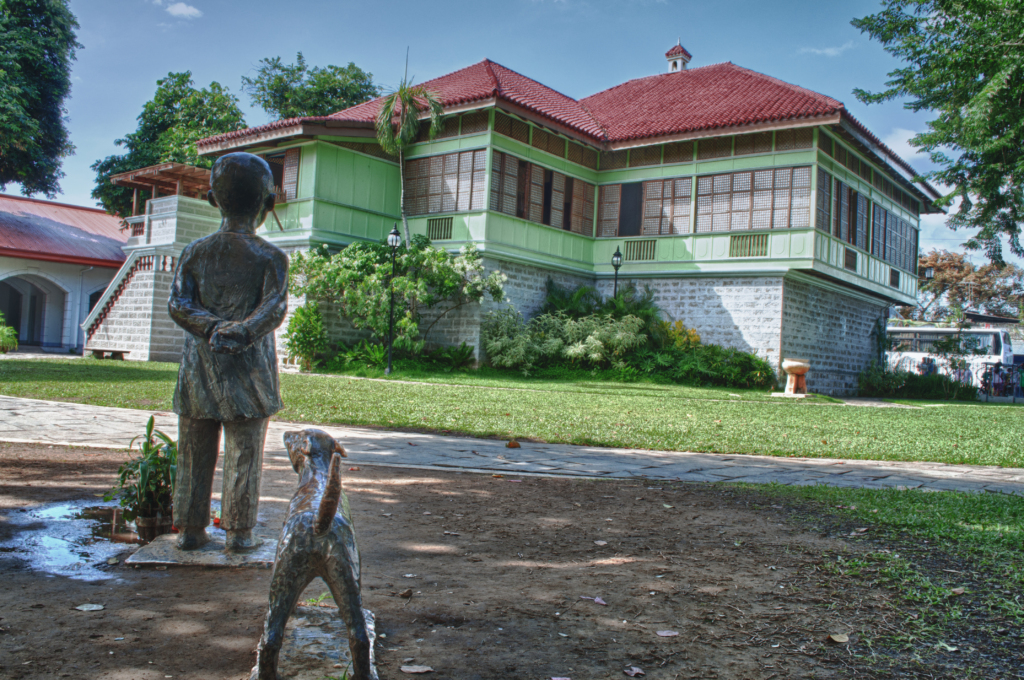
Traditional arts and crafts find a haven in the festival, sustaining craftsmanship that might otherwise fade. Cultural performances become a symphony of diversity, celebrating the richness of Filipino traditions. Educational initiatives bridge generations, nurturing understanding and actively involving the youth in the preservation of cultural heritage.
Traditional costumes become threads woven into the fabric of Filipino identity, telling stories of regions, ethnic groups, and historical eras. Indigenous inclusion ensures the celebration of diversity, showcasing and preserving ancestral traditions. Buhayani Festival’s innovative approach blends old and new, ensuring cultural preservation evolves with the times.
Buhayani Festival in Modern Times
While deeply rooted in tradition, the Buhayani Festival has embraced modernity to ensure its continued relevance. Innovations in presentation, technology integration, and contemporary artistic expressions have been seamlessly woven into the festival’s fabric, allowing it to resonate with diverse audiences. In this digital age, technological integration has expanded the festival’s reach, creating a global audience through live-streamed events and interactive exhibits. The festival’s commitment to cultural fusion ensures that traditional customs harmonize with contemporary expressions, appealing to a diverse audience.
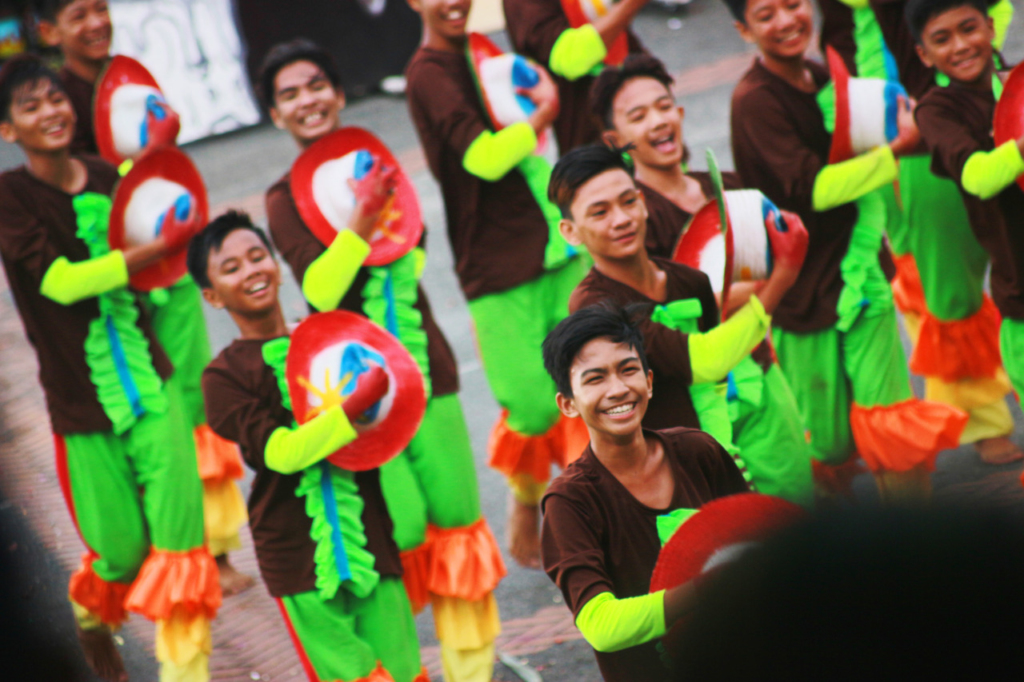
Cultural entrepreneurship takes center stage as local artisans infuse traditional skills with a modern flair, contributing to economic sustainability while preserving heritage. Sustainability practices have found a place in the festival, with eco-friendly initiatives reflecting a commitment to environmental awareness. Inclusivity has become a cornerstone, celebrating the diversity within the Filipino identity and fostering unity in diversity.
Recognizing the importance of engaging the youth, the Buhayani Festival actively involves younger generations through workshops, mentorship programs, and opportunities for artistic expression. This intentional effort ensures that the festival serves as a platform for cultural dialogue and understanding, passing the torch of cultural stewardship to the next generation.
Buhayani Festival’s Tourist Experience and Travel Tips
For those eager to immerse themselves in the Buhayani Festival, a curated tourist experience awaits. Travelers can explore the heart of Calamba, partake in festival activities, and savor local delights. From immersive cultural celebrations and exploring local cuisine to interactive exhibits and captivating parades, the festival promises a vibrant kaleidoscope of experiences. Travelers can engage with locals, capture candid moments, and partake in workshops to deepen their understanding of Filipino culture.

For a seamless experience, planning ahead is key, considering the festival schedule, local currency, and respectful interactions with cultural norms. Comfortable attire, staying hydrated, and arranging transportation in advance enhance the overall visit. The festival becomes a canvas for tourists to weave lasting memories, embracing the warmth and diversity that Calamba graciously extends.
The Buhayani Festival isn’t just an event; it’s an invitation for travelers to embark on a cultural journey, where every step unfolds a new chapter in the rich tapestry of Filipino heritage.
In conclusion, the Buhayani Festival stands as a living testament to the cultural richness and heroism of the Filipino spirit. Through its evolution, the festival continues to weave an intricate tapestry of heritage and celebration, inviting all to partake in the vibrant colors, rhythms, and stories that define the heart of Calamba. As a cultural beacon, the Buhayani Festival not only honors the past but also ensures that the flame of Filipino heritage burns brightly for generations to come.

